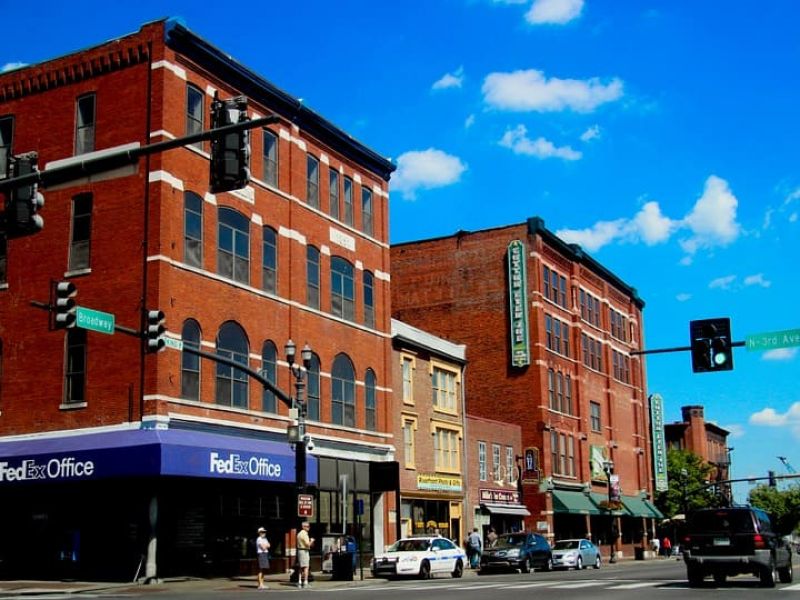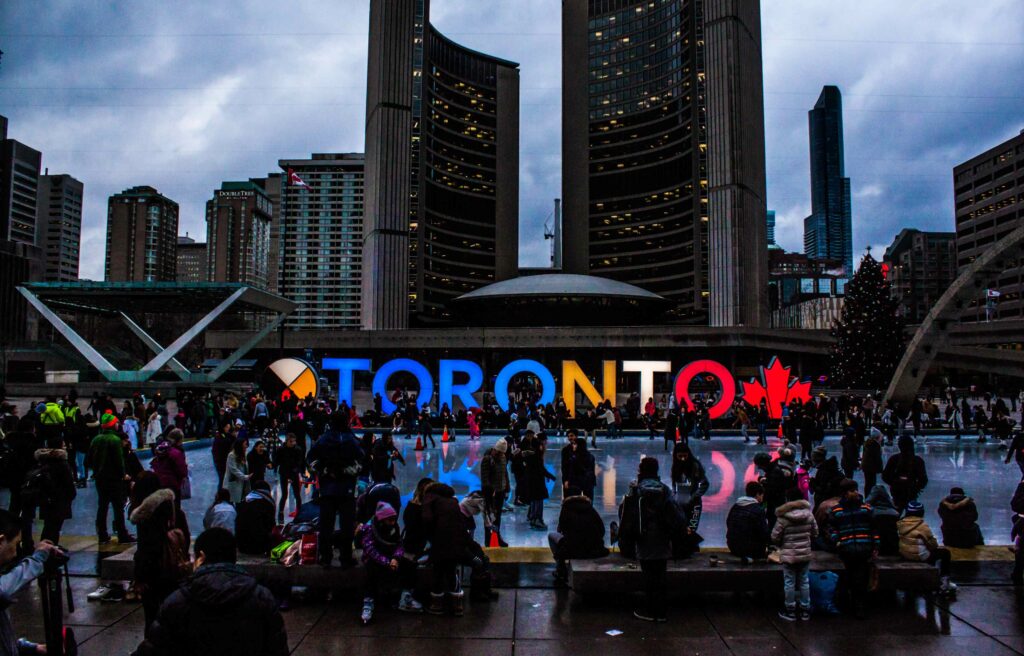Sarah Langley packed her car outside a crowded Los Angeles apartment. She thought she had solved her family’s biggest problem, the cost of living. Her spreadsheets showed a simple equation: a three-bedroom home in Tulsa for the same monthly payment as a one-bedroom in LA. The numbers felt liberating. By relocating to “low-cost cities”, she expected financial breathing room and a slower pace of life.
A year later, her savings account told another story. Groceries had climbed 24% compared with her budget. Her health insurance deductible doubled. Childcare, once subsidized by her employer in California, now consumes a fifth of her income. The house she bought needed repairs that local contractors charged premium rates for due to the limited supply. The promised affordability had quietly dissolved.
Sarah’s experience mirrors a pattern emerging across the United States. Over the past five years, thousands of families have moved inland, lured by viral lists of “cheap cities to live in.”
Yet behind the optimism lies a complicated reality that low-cost cities often reduce visible expenses but multiply invisible ones.
The Myth of the Low-Cost City
Economists once described regional mobility as a kind of economic safety valve. When costs rose in one region, workers could move to areas with cheaper housing. This movement helped families rebalance their budgets and sustain stability. However, the equation worked only when wages, services, and infrastructure adjusted in similar ways. In reality, that balance almost never happens.
According to a 2024 housing affordability study by a national research group, 41% of people who relocated from high-cost metro areas reported little or no net improvement in monthly savings after their first year. The average income drop in secondary markets was 22%, while healthcare premiums and energy bills often erased the rest.
The numbers, however, reveal a clear contradiction. Housing may seem cheaper at first, yet income potential often falls faster for people relocating to “low-cost cities”.
In many so-called affordable cities, professional salaries lag coastal averages by 30 to 40%. What looks like relief in one column of a spreadsheet quietly becomes a strain in another.
Related – The Best Cities for IT Professionals with Strong Tech Hubs
Case Study 1 – The Remote Worker’s Balancing Act
After going remote, Marcus Brown left Seattle for Boise, Idaho, drawn by cheaper rent and mountain trails. For a while, it worked. However, the success lasted only six months.
“I believed cheaper rent meant peace,” he says. “Then costs rose, and Boise felt ordinary again.”
In 2021, the average rent in Boise was $1,100. Two years later, it rose to $1,800. Meanwhile, grocery costs climbed as newcomers arrived, placing pressure on local supply chains. For many professionals relocating to “low-cost cities”, such rising expenses often reduce the expected savings. At the same time, Marcus’s company quietly adjusted pay based on geography and trimmed his salary by 15%.
As a result, remote workers who move to smaller cities face a new financial challenge. Employers are now increasingly adopting geo-based pay scales, reducing compensation in line with local cost indexes. For many individuals, the initial benefit of cheaper housing quickly collides with lower income and higher inflation.
Studies on remote work and hybrid setups show clear savings. Companies that limit relocations see costs drop quickly. With flexible programs, employers can save $10,000 to $30,000 per employee each year. (Global Workplace Analytics).
Eventually, Marcus decided to return to Seattle. “I realized the math only worked if I ignored half the equation,” he said.
Why Basic Costs Inflate After You Move
Economists describe this as the geography trap, the gap between nominal savings and real purchasing power. As professionals move to lower-priced markets, local demand often grows faster than supply chains, schools, and healthcare systems can adjust.
First, housing costs rise quickly. Property values surge as newcomers enter smaller markets with higher urban salaries or savings. Local rents climb, contractors charge more, and the region’s idea of affordability fades.
Next, healthcare adds another layer of expense. Mid-sized cities often have only regional hospitals. Hence, insurers increase premiums to balance higher risks and limited care options.
Transportation also becomes costly. Public transit is limited outside major metros, pushing families toward multiple vehicles. Added insurance, fuel, and maintenance expenses soon cancel out earlier housing savings.
Finally, lifestyle shifts expand spending. For many people relocating to “low-cost cities”, larger homes or quieter suburbs often lead to higher consumption through furniture, utilities, and everyday purchases that city life once kept in check.
All these changes, taken together, gradually erode the financial advantage families hope for when relocating to “low-cost cities.”

The Hidden Price of Starting Over
Relocation rebuilding networks, daily routines, and access to opportunity. Economists refer to these as social capital costs.
For dual-income families, the challenge begins with work. Finding equal opportunities for both partners is rarely simple.
Mobility research showed that 37% of couples who moved to new cities experienced one partner stepping away from work. As a result, families faced lower income, slower career growth, and added stress.
For parents, education becomes the next hurdle. In smaller cities, more families now turn to private schools. As a result, costs for tuition and activities add up quickly.
Beyond finances, emotional costs appear as well. Isolation grows when cultural amenities are limited. Gradually, the adjustment for those relocating to “low-cost cities” requires more patience and money than expected. A move that looked easy turns into a demanding journey.
Also read – Relocation Services for Individuals Who Refuse to Settle for Less
Case Study 2 – The Family Who Moved for Space
The Ramirez family left Chicago two years ago for a larger home in northwest Arkansas. At first, they loved the yard and open rooms. However, they soon began to see the costs hidden behind that dream.
Although their property taxes were lower, the utility bills quickly doubled. In addition, gasoline expenses rose with every school drop-off. They even had to buy a second car after learning that public transit stopped five miles from their neighborhood. Meanwhile, the region’s only pediatric clinic had a waiting list of six weeks, which pushed them toward a costly private network.
When they finally added up their expenses, the family discovered that their monthly spending was only $300 less than before. However, their income had fallen by $1,200 after relocating to “low-cost cities”, since the father earned less in the smaller job market.
“We chased peace of mind and found more spreadsheets,” says Laura Ramirez. “It’s beautiful here, but the financial relief we expected never appeared.”
Why the Narrative Persists
If the economics of relocating to “low-cost cities” are so fragile, why does the story continue to hold appeal? One reason is emotional connection. The idea of escaping congestion and high costs for open space and community still feels deeply American.
In addition, real estate developers and city promoters strengthen this vision through relocation incentives, tax credits, and carefully designed marketing.
Many towns truly gain from new residents who bring diverse skills and investment. However, marketing seldom reveals the full picture. Prices often rise soon after, and job growth may fail to keep up with infrastructure.
Media headlines simplify complexity into clickable contrasts like, “Move from New York to Nashville and Save $30,000 a Year.”
Few stories track those movers a year later, when rising property values and regional inflation erase the promised savings.
The Economics of Partial Truths
Regional economists refer to this as the treadmill effect. Migration patterns may temporarily ease individual costs but eventually raise them for everyone. When large numbers of people are relocating to “low-cost cities,” local inflation rises, and the cycle begins again.
While the numbers given (19% rent, 15% utilities for a 20% population rise) are plausible in some markets, there is no consistent census or authoritative analysis reporting those exact, directly correlated figures for all cities from 2018 to 2024 (247wallst).
The reality is that affordability depends on balance. Focusing only on price without wages or infrastructure hides the true cost.
Rethinking Relocation Decisions
Relocation still attracts professionals chasing a new lifestyle, yet true financial wisdom calls for deeper study.
Experts suggest viewing a city through four key lenses before committing –
- Income Sustainability – Begin by checking if your company adjusts salaries based on location. Afterwards, estimate your real earnings once regional taxes apply.
- Cost Ratios Instead of Totals – Focus less on rent and more on cost-to-income ratios to get a balanced view of financial health.
- Healthcare and Insurance Access – Compare insurance rates and clinic availability before relocating. In many regions, annual health costs differ by around $5,000.
- Infrastructure and Commute Costs – Examine how transportation, utility charges, and online access differ, as these small details change affordability.
Translating personal goals into measurable data helps movers relocating to “low-cost cities” escape the geography trap.
Expert Insight on the Psychology of Perceived Savings
Behavioural economists note that the satisfaction of “moving somewhere cheaper” often outweighs the actual math. Dr Alan Price, who studies financial decision-making, calls it “the illusion of margin.”
“When people relocate, they experience an immediate sense of gain, a bigger house, shorter lines, maybe less traffic,” he explains. “Those visible improvements create emotional satisfaction that masks delayed expenses. By the time reality catches up, the decision feels irreversible.”
This illusion drives continued waves of migration even when objective data show diminishing returns. It also fuels lifestyle inflation, the tendency to spend new ‘savings’ on furniture, vehicles, or renovations rather than actual investment.
Recommended read – Global Talent Relocation Is “Skyrocketing,” Trends Show 4x Returns
The New Geography of Work
Hybrid work continues to redefine living patterns. Professionals often earn in one region but spend in another. However, for those relocating to “low-cost cities,” that benefit is fading as companies use cost-of-living data to adjust pay and match local expenses.
At the same time, new trends are taking shape. Smaller metros with strong universities and varied industries, such as Madison, Wisconsin (also, read our city guide here), and Raleigh (read our complete guide here), North Carolina, tend to stay affordable longer because of their balanced job markets. Economists note that balanced job markets help them avoid the boom and bust cycles common in fast-growing regions.
For families and professionals, the focus may now shift from cheap living to lasting stability. True affordability for those relocating to “low-cost cities” depends less on short-term savings and more on the long-term strength of a city’s economy.
Build a Relocation Plan That Truly Pays Off with Us
Relocating to “low-cost cities” can feel like the answer to financial pressure until hidden costs appear. Real savings come from strategy, not geography.
Relo.AI helps professionals and families understand the true cost of a move before taking the leap. Our data-based method reviews income levels, everyday expenses, healthcare options, and infrastructure to define real-world affordability.
We turn relocation into a calculated advantage instead of a costly surprise.
Book your FREE consultation with us and know where financial peace and opportunity truly meet.
Bottom Line
For Sarah Langley, the move from Los Angeles to Tulsa became a masterclass in hidden costs. Two years in, she has rebuilt stability, though not the savings she expected. “I stopped measuring success by what the house cost,” she says. “Now I measure it by whether my time feels well spent.” Her story underlines a broader lesson. Relocating to “low-cost cities” promises financial relief but rarely delivers without holistic planning. True affordability requires more than cheap housing. It demands alignment between income, access, and lifestyle.
The next wave of movers might do well to remember that geography can change surroundings but not the structure of modern economics. Cheap is only cheap until everyone else arrives.








